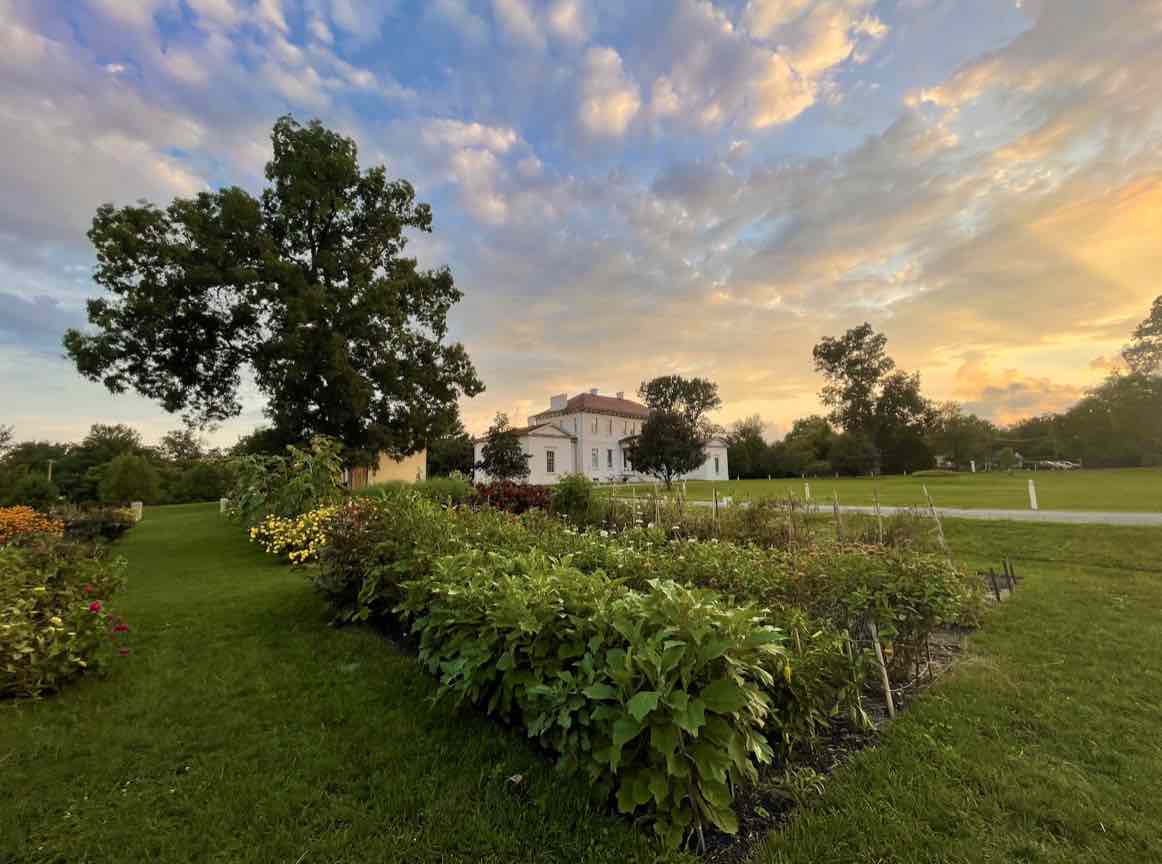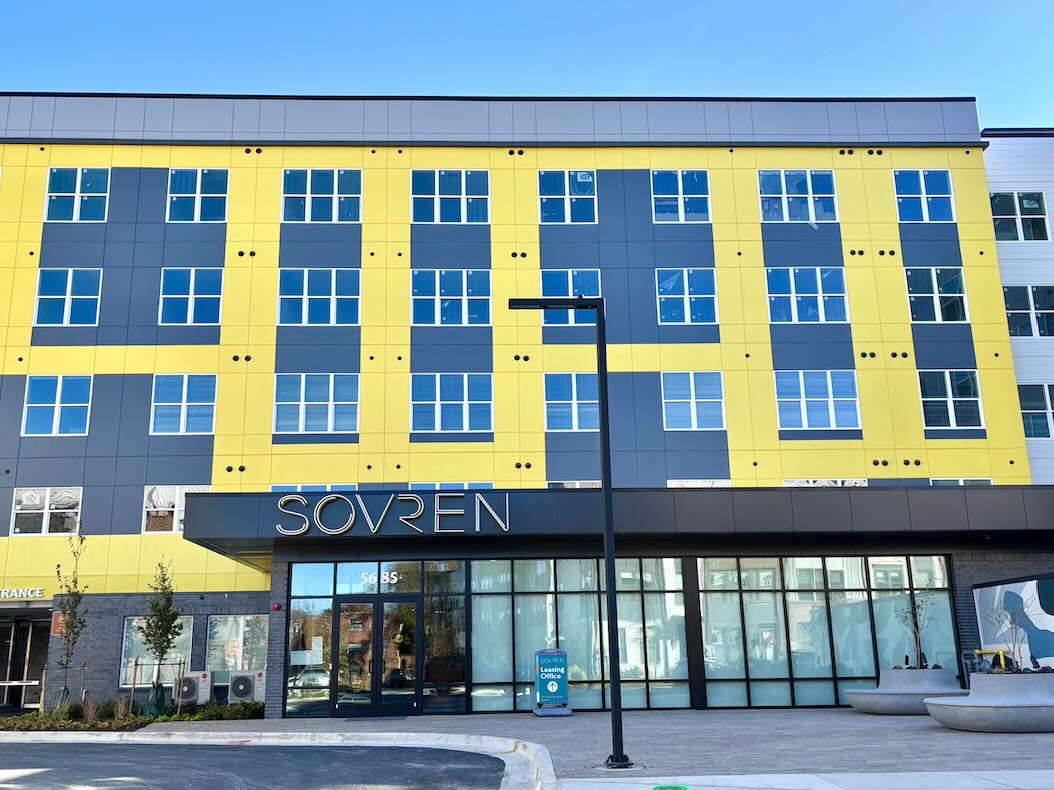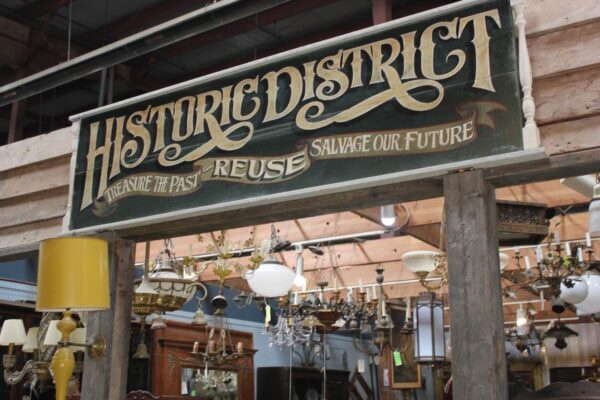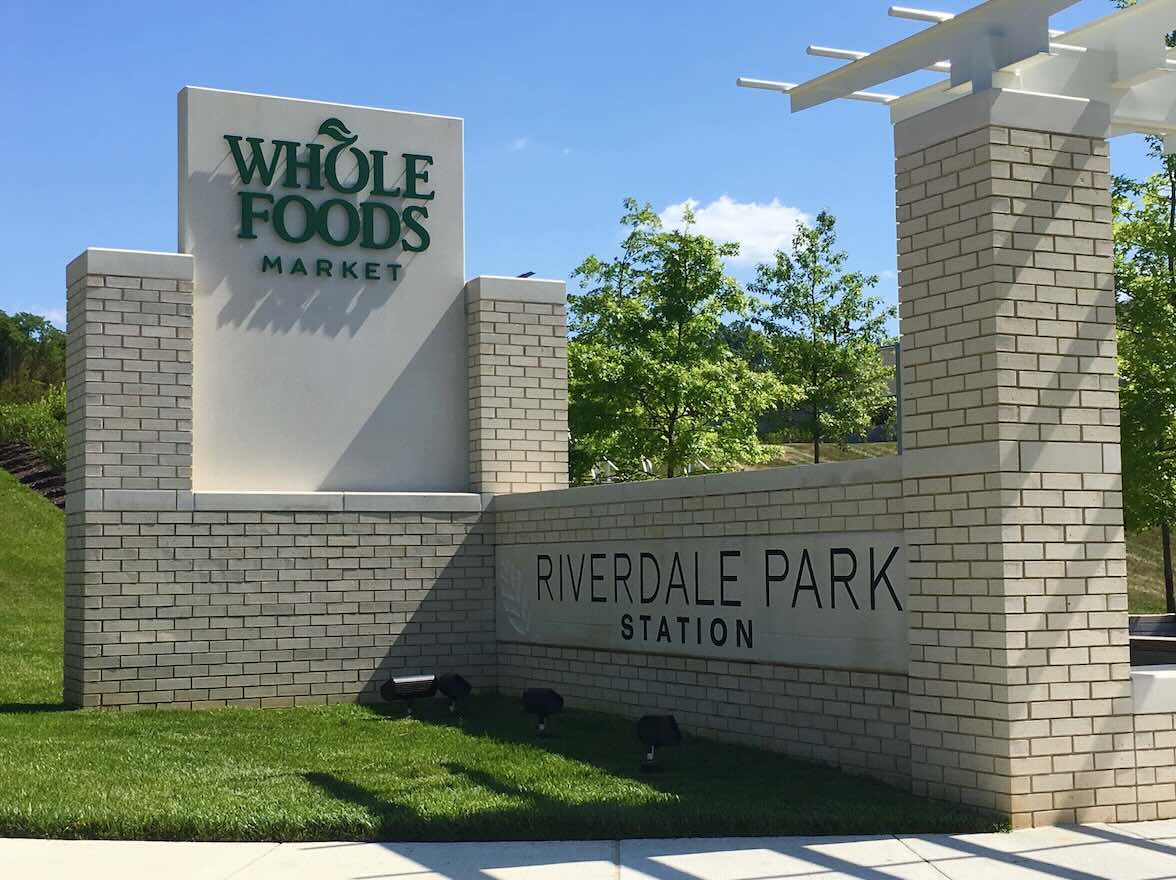
It’s the end of summer and the eight plots at the Riversdale House Museum historic garden are thriving with a variety of flowers in full bloom such as zinnias, marigolds, and rudbeckia, and summer vegetables and other field crops typical of the early 1800s.
Using organic methods, the garden features many of the same fruits and vegetables that the Calvert family would have grown for their own use, including asparagus, pumpkins, beans and tomatoes, and crops they grew on a large scale to sell, such as corn and tobacco.
Herbs like echinacea are also grown on site, as well as flowers such as Black-eyed Susans and a variety of sunflowers. An orchard at the garden features Kieffer pear, tart cherry and Damson plum trees.
Throughout Riversdale’s history, the garden has played an essential part of the estate. The first owner of Riversdale, Henri Stier, planted thousands of tulips and hyacinth while the house was constructed. Letters written by his daughter, Rosalle Stier Calvert, who later became owner of Riversdale, frequently mentioned the garden and her plans for it.
A long list of enslaved and free workers cared for the garden throughout its history. One of them was Adam Francis Plummer, an enslaved man who spent several decades at Riversdale and who was a skilled farmer and horticulturist. He was allowed to keep his own private garden at Riversdale and, after the Civil War, grew roses on his own property, which he named Mount Rose.
Today, the garden is maintained by a corp of volunteers from the Prince George’s County Master Gardeners who work with the museum’s professional gardener, who also maintains a blog featuring photos of the garden.
Located at 4811 Riverdale Rd., the gardens are free to visit and open from dawn to dusk every day.
Support the Wire and Community Journalism
Make a one-time donation or become a regular supporter here.


















